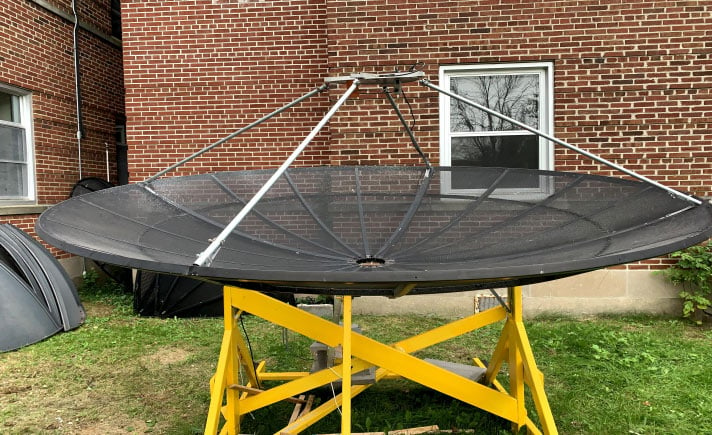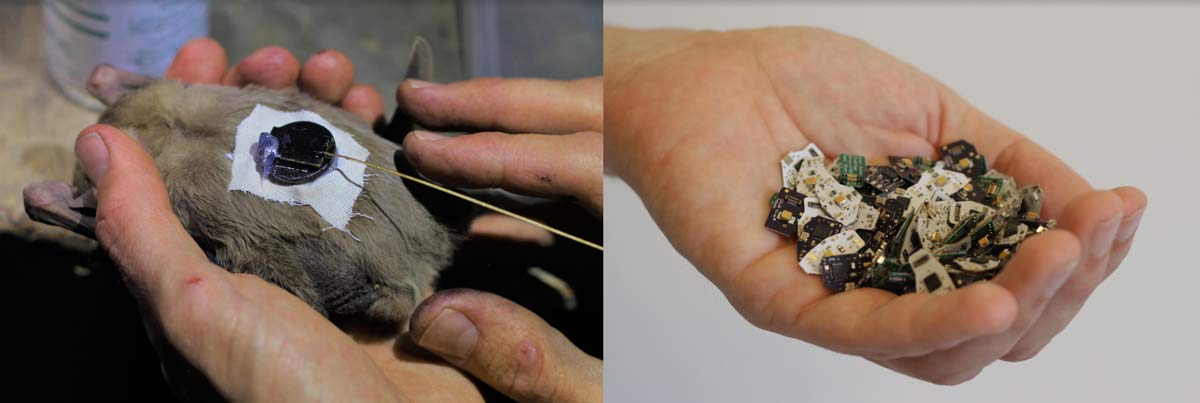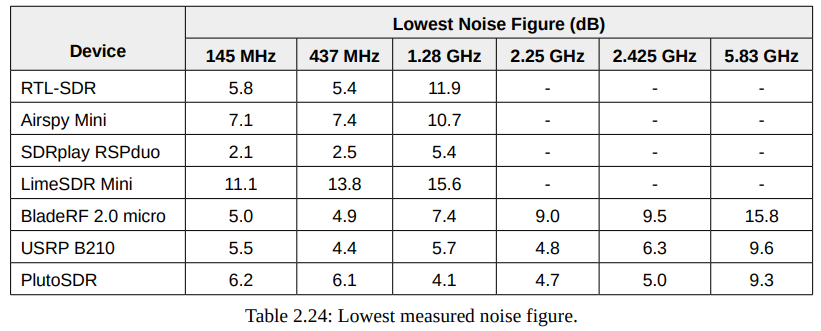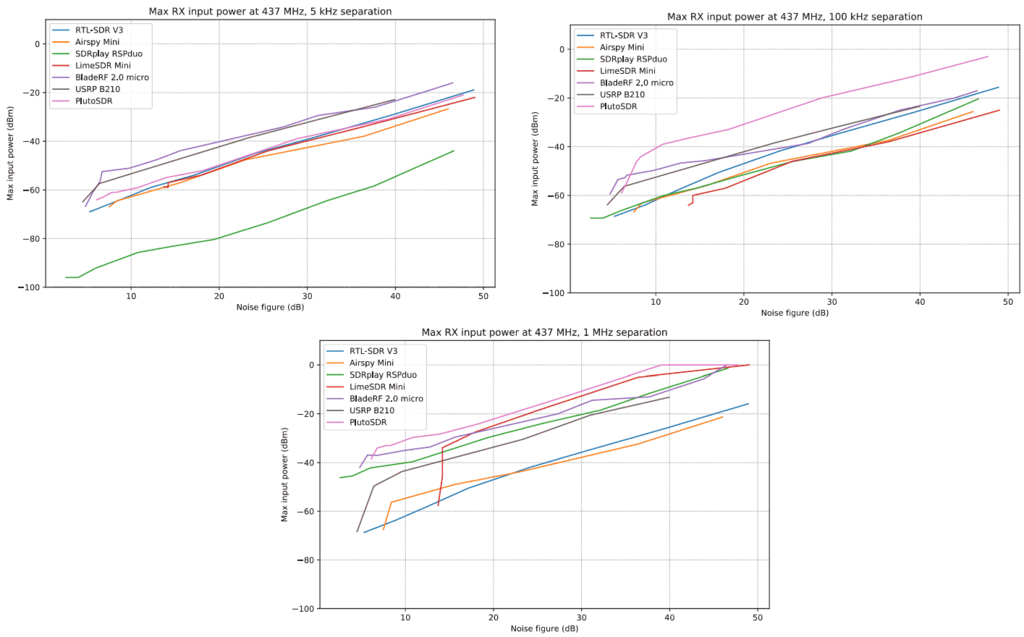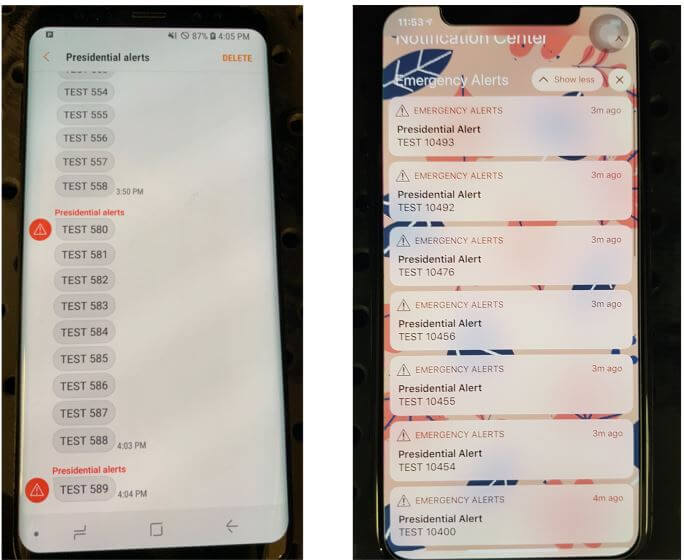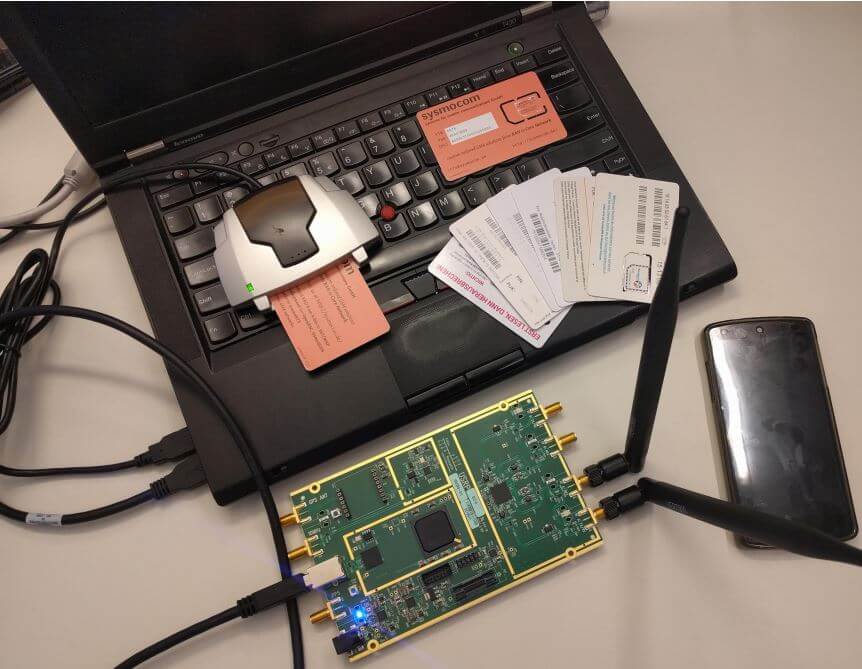Notes on Observing Pulsars with an SDR from CCERA
A pulsar is a rotating neutron star that emits a beam of electromagnetic radiation. If this beam points towards the earth, it can then be observed with a large dish or directional antenna and a software defined radio. In the past we've posted a few times about Pulsars, and how the HawkRAO amateur radio telescope run by Steve Olney in Australia has observed Pulsar "Glitches" with his RTL-SDR based radio telescope.
Over in Canada, Marcus Leech has also set up a Pulsar radio telescope at the Canadian Centre for Experimental Radio Astronomy (CCERA). Marcus has been featured several times on this blog for his various amateur radio experiments involving SDRs like the RTL-SDR. In one of his latest memos Marcus documents his Pulsar observing capabilities at CCERA (pdf). His memo describes what Pulsars are and how observations are performed, explaining important concepts for observation like de-dispersion and epoch folding.
The rest of the memo shows the antenna dish and feed, the SDR hardware which is a USRP B210 SDR, the reference clock which is a laboratory 0.01PPB rubidium atomic clock and the GNU Radio software created called "stupid_simple_pulsar". The software DSP process is then explained in greater detail. If you're thinking about getting involved in more advanced amateur radio astronomy this document is a good starting point.
